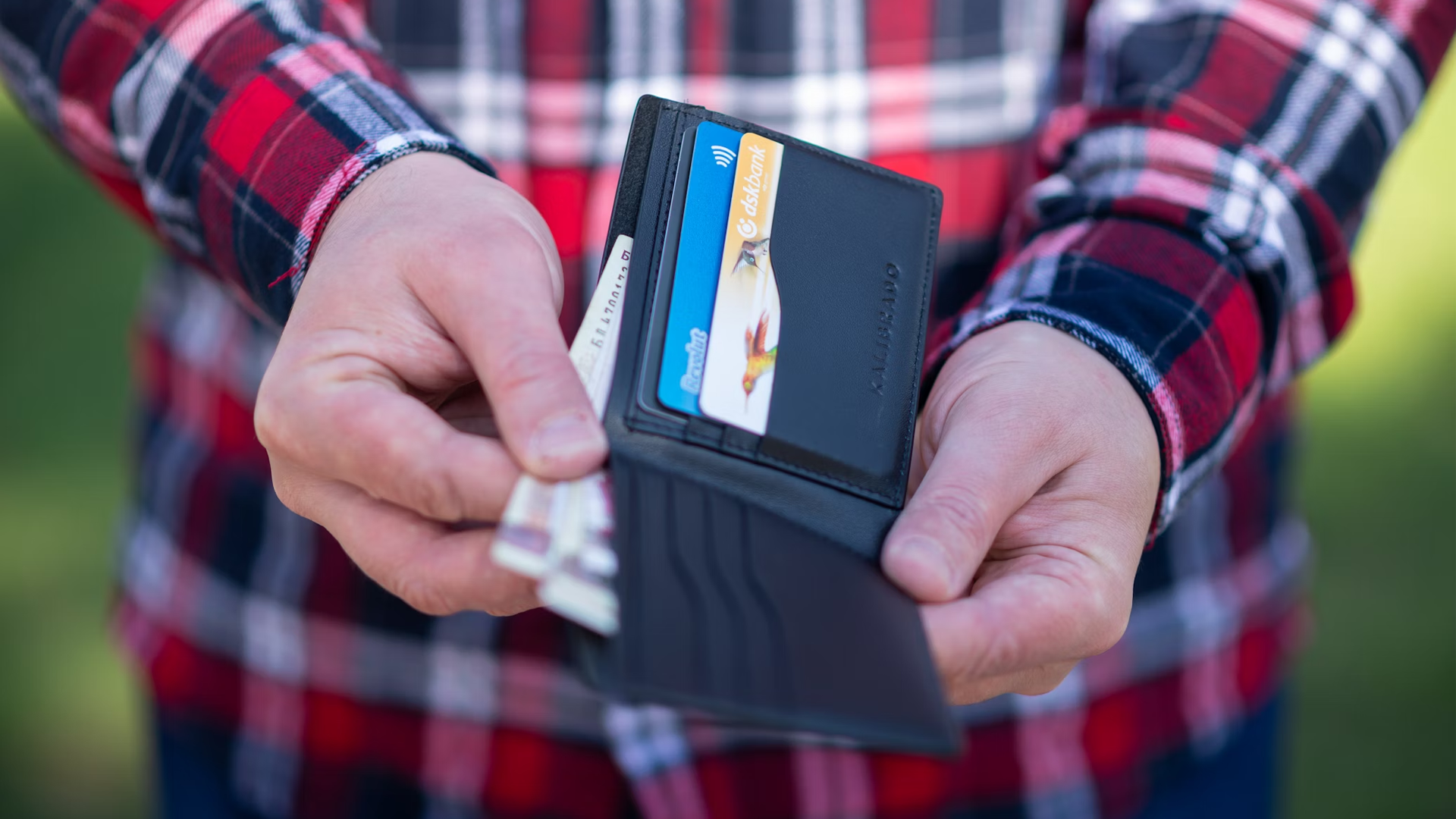Thrifting is an art, one that requires a strategy to find the best items while also saving money. Those new to thrifting can get overwhelmed pretty easily, and it’s hard not to given how much time and effort it requires—but we’re here with some easy tips that help make it a breeze.
1. Set a Budget
A classic pitfall to thrift shopping is buying everything in sight. At these prices, you can’t afford not to! But don’t stick just anything in your cart—selective purchases avoid closet clutter and an empty wallet. Have a budget set before you walk in to keep spending down.
2. Follow Social Media
Oftentimes, a thrift store has social media pages to follow. Keep an eye on them to stay on top of restock days or deals. They may also provide intel on when specialty items arrive.
 Photo by Kate Torline on Unsplash
Photo by Kate Torline on Unsplash
3. Shop Everything
Newbies tend to shop for clothing and call it a day, but thrift stores are jam-packed with items from accessories to home decor. Don’t limit yourself to one section—the best finds are made in hidden corners.
 Photo by Becca McHaffie on Unsplash
Photo by Becca McHaffie on Unsplash
4. Wear the Right Clothes
Some thrift stores don’t have dressing rooms. While that’s normally not an issue in everyday clothing stores, thrift stores often also have no return policy. To ensure you get the right item, wear comfortable clothing you can easily slip pieces over. Generally, leggings and a tank top work best.
 Photo by Cam Morin on Unsplash
Photo by Cam Morin on Unsplash
5. Conduct Quality Checks
Ideally, you’ll find a perfectly intact item that, despite being gently used, won’t come with any noticeable flaws. In reality, clothing you love can easily come with armpit stains, pilling, or snags—watch out for irreparable wear and tear.
 Photo by Prudence Earl on Unsplash
Photo by Prudence Earl on Unsplash
6. Know Your Environment
Knowing the lay of your thrift store’s land is a good way to avoid long trips. As you frequent various locations, you’ll get to know the layout better, but until then you should walk around to get a better sense of which aisles hold what.
7. Have Your Size
You eliminate a lot of leg work if you know your size beforehand. Having it on hand helps you sift through endless rack items and can save the day should a location not have a fitting room. It also gives you a better idea of what can be altered, especially if you come with measuring tape.
 Photo by cottonbro studio on Pexels
Photo by cottonbro studio on Pexels
8. Be Mindful of Alterations
Speaking of alterations, they’re an important piece to thrifting. Little alterations are fine if you can do them yourself or know you’ll go to a tailor. However, don’t buy an item that needs drastic alterations. Chances are the item will sit in your house without ever getting a second life.
 Photo by Liza Summer on Pexels
Photo by Liza Summer on Pexels
9. Understand Your Style
A good sale entices anyone to spend money, but don’t grab just anything. The clothing may be affordable, but too much puts you at risk for a cluttered closet. Not to mention, you may get stuck with clothes that don’t fit—and can’t be returned.
 Photo by Vika Glitter on Pexels
Photo by Vika Glitter on Pexels
10. Go to Different Stores
Don’t be afraid to shop in other locations. Even if you stay on top of sales or new items, you never know what’s lurking in another store. In fact, broadening your horizons can help you land exactly what you’re looking for.
11. Frequent Visits
Habitual visits give you first dibs on the latest items. You’re also first in line for sales and vintage items. Remember: if you don’t go often, you won’t find anything at all.
 Photo by cottonbro studio on Pexels
Photo by cottonbro studio on Pexels
12. Mind Care Instructions
Some clothing requires dry cleaning or special care—are you truly prepared to give that jacket some TLC? If you know you won’t get around to hand-washing or hate laying clothes flat to dry, move on.
 Photo by Arina Krasnikova on Pexels
Photo by Arina Krasnikova on Pexels
13. Accept the Losses
Not every trip will yield results, and that’s okay! Accept that you might not find what you want rather than buying what you don’t need.
 Photo by MART PRODUCTION on Pexels
Photo by MART PRODUCTION on Pexels
14. Scan Aisles
Thrift store aisles are often color-coded, which is a great way to zero in on must-haves. When you come with your size and personal style in mind, you can efficiently browse without getting caught in the weeds.
 Photo by MART PRODUCTION on Pexels
Photo by MART PRODUCTION on Pexels
15. Have a Wish List
If you don’t want to spend all day thrifting, shop with a wish list. You save money and loads of time when you only thrift for one piece.
 Photo by Arina Krasnikova on Pexels
Photo by Arina Krasnikova on Pexels
16. Touch Fabrics
Touching fabric helps you identify better-quality items. Don’t be afraid to examine clothing as you walk through the aisles. Trust yourself to know which articles feel cheaper and which ones feel high-end.
 Photo by cottonbro studio on Pexels
Photo by cottonbro studio on Pexels
17. Check the Labels
Who knows what treasures await among the racks? Get in the habit of checking labels every time you thrift because you may spot designer items more often than you think.
18. Do Your Research
Bring your phone with you, that way you can look up certain items to learn more about them. You can look up care tips, brand names, and which items are actually built to last.
19. Shop Out of Season
Big-name clothing stores swap out items every season, but thrift stores don’t follow suit. You can find amazing coats in the summertime or a cute skirt in the winter. Shop off-season to find affordable items.
20. Don’t Bring Large Bags
Avoid bringing large shopping bags—limited space means limited purchases, which keeps both your closet and wallet happy.














